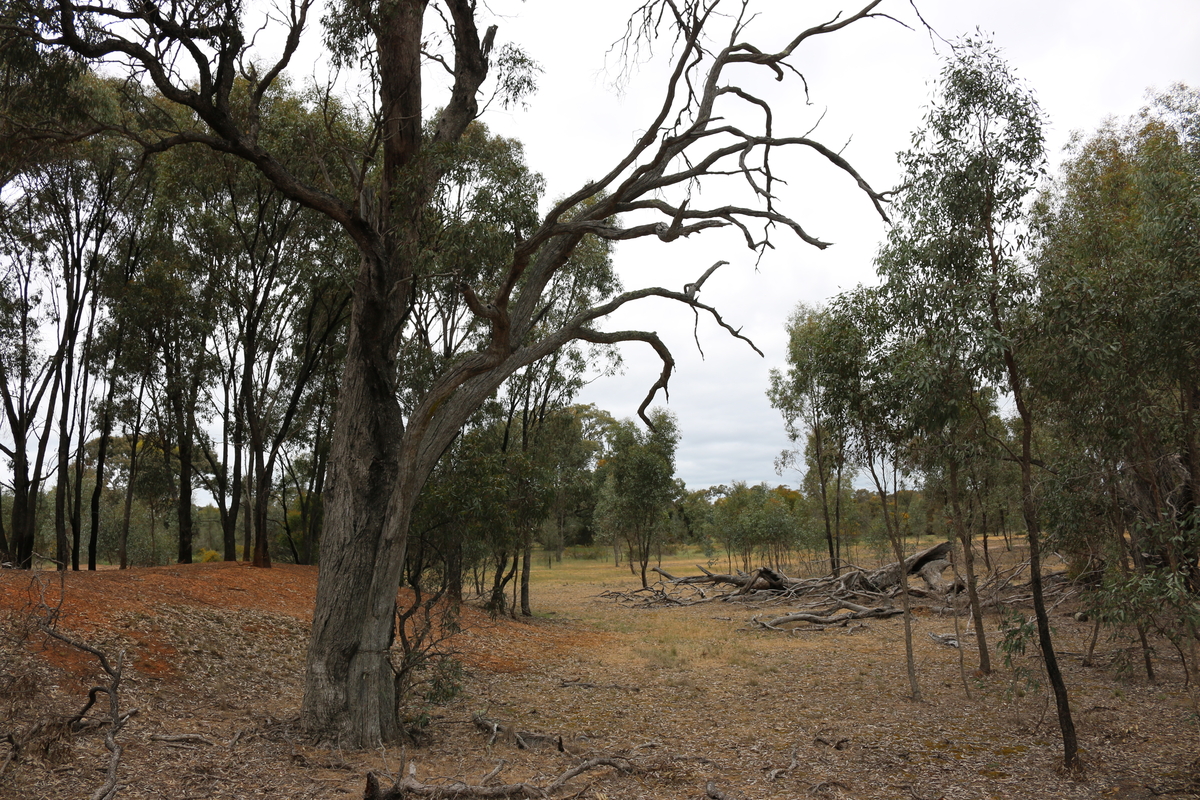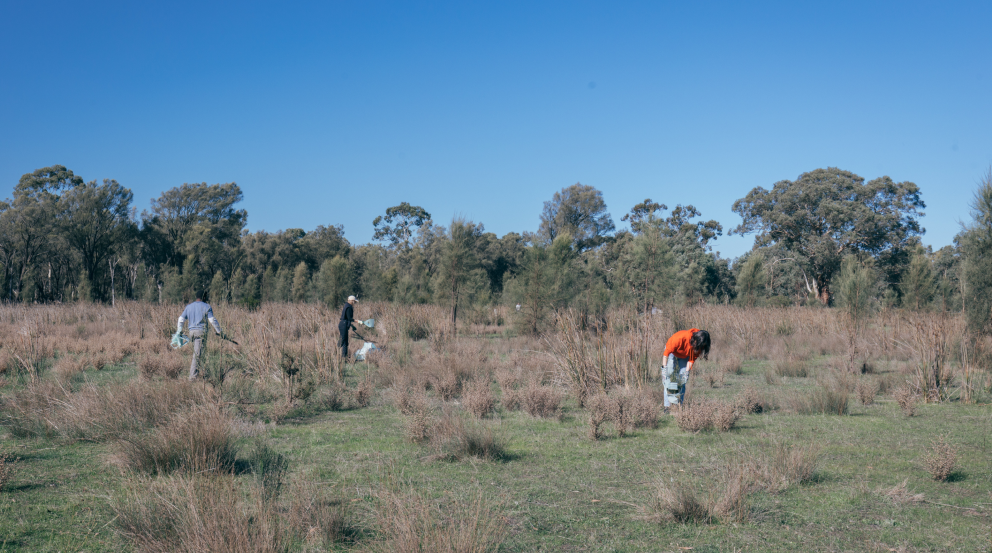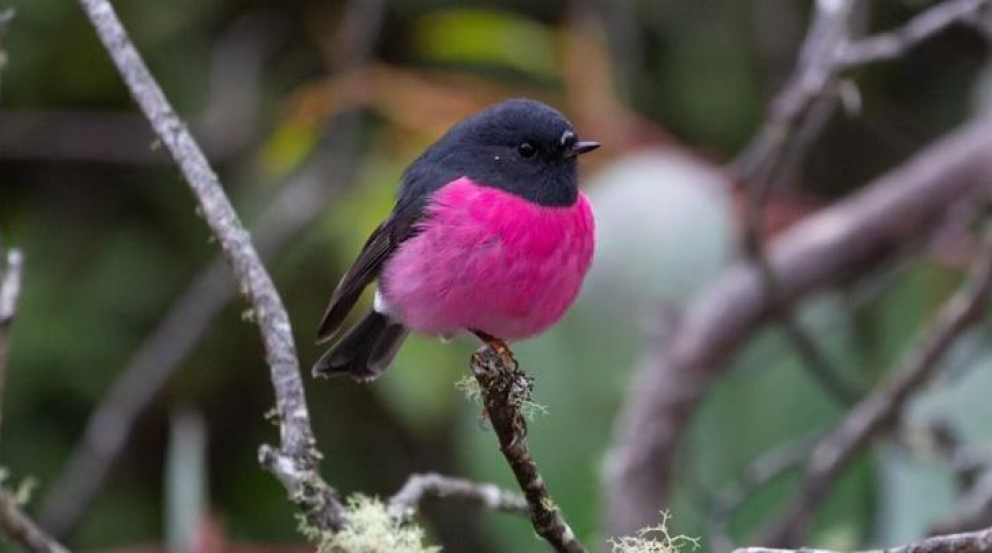To mark Threatened Species Day on September 7, we spoke to Bank Australia customer and threatened species expert Dr Kita Ashman about what’s driving the extinction of our plants and animals – and how you can help protect them.
Greater gliders are extremely cute marsupials.
Imagine a cross between a possum, a koala and a cat, gliding around high trees in the eastern Australian forests at night and “denning” – basically, snoozing at home – in hollowed out trees during the day.
“They’re really beautiful,” says Dr Kita Ashman, a threatened species and climate adaptation ecologist at WWF Australia (you might remember her from our recent customer ad). “But they’re in trouble. In the last six or so years, they’ve gone from a common species, to a vulnerable species, and just last year they were listed as an endangered species. So it's a really rapid escalation through those different categories – almost twice as fast as koalas.”
This sprint to extinction is unfortunately a common story for many living things in Australia (and beyond). The federal Environment Protection and Biodiversity Conservation (EPBC) Act estimates there are over 1700 species of at-risk plants and animals in Australia, though the real number may be a lot higher. (“We lack data about a whole range of species,” Kita says.)
This threat to life comes in many forms: invasive species, like cats or foxes, eating endangered animals or wreaking havoc in some way; degradation and destruction of habitats through land clearing, land fragmentation and native forest logging; and sitting across everything else, the climate crisis looms large. Often these threats interact. The 2019 bushfires, which the CSIRO linked to climate change, destroyed many critical habitats before invasive species moved in, further decimating populations of threatened plants and animals.
The result is increasing extinctions and a loss of biodiversity. This is a huge problem, for ecosystems and for humanity.

Biodiversity generally refers to two things. The first is the variety of species within an ecosystem, which is essential for the health of the natural world – and for us. “We rely on healthy ecosystems for things like capturing carbon, generating clean drinking water, and generating good quality air,” Kita says. “Humanity is intertwined and connected with our reliance on nature.”
The second is the diversity of genetics within each species, which helps life on earth to withstand the pressures that come with a changing environment. “Having diversity gives us more ability to adapt and be resilient,” Kita says. For example, koalas that live in warmer parts of Australia may cope better with heat stress, which gives them a survival advantage in a warming climate.
Almost all of the species under threat are integral to biodiversity. Sometimes that’s directly – like the digging mammals that turn over soil or the pollinator species we rely on for our food supply – or indirectly, by acting as an indicator species for broader ecosystem health. And while conservation efforts tend to be weighted to the “cute and cuddly” animals like koalas and greater gliders, many less charismatic species (like insects and invertebrates) are equally valuable and vulnerable. We lose something deeply precious when a species dies out, and despite what movies like Jurassic Park might have you believe, extinction is final.
“We're a bit desensitised to the finality of extinction, and what that means for our ecosystems and societies,” Kita says. “Everything that species represents, all of the interactions and relationships that species has within its ecosystem, is gone. And from a human-centric perspective, there is a deep sadness, especially for First Nations stewards who have been connecting with Country for tens, if not hundreds, of thousands of years. There are so many implications for songlines and cultural identity that go hand in hand with losing these species.”
That loss can be hard to absorb, but Kita believes engaging with those feelings is the first step towards action. “Extinction is something people are shaken by,” she says. “But maybe less people actually sit with that discomfort. Not many of us know what to do to come out of that feeling and move towards a solution.”
So what are those solutions? On an individual level, it’s all about making nature- and climate- compatible decisions: keeping your cat inside, reducing the amount you travel (especially flying), and moving towards a more eco-friendly plant-based diet (a 2023 Oxford University-led study published in Nature Food has more detail on that). Consider the businesses you support and how you manage your money. “Every dollar you save, spend or invest is casting a vote,” Kita says. “People carefully consider where they donate their money, but so often don't carefully consider who they're spending and saving their money with, and what type of industries that either directly or indirectly supports.”
On a systemic level, Kita says there’s a lot of work to be done to make the outdated EPBC Act fit for purpose. “It’s about making sure the Act is able to protect and recover threatened species,” Kita says. “Making funding available would be hugely impactful.”

Your support can add momentum to a number of organisations that are already campaigning and advocating for threatened species, including WWF and Australian Conservation Foundation, and Bank Australia partners Greening Australia and Trust for Nature, who work to protect and regenerate landscapes.
For Kita, it’s all about rearranging our worldview to realise that the habitats we exist within and rely on do not, in fact, belong to us. We are merely a part of a tapestry of living things, all of which deserve our care and respect. “We need a really foundational and fundamental shift in the way we operate as a society,” Kita says, “and the way we value other species, nature and this planetary ecosystem we live within.”
Find out more about how Bank Australia supports biodiversity in our work with Greening Australia and Trust for Nature, in consultation with Traditional Custodians through Barengi Gadjin Land Council, to protect over 2000 hectares in Western Victoria.
.webp)







